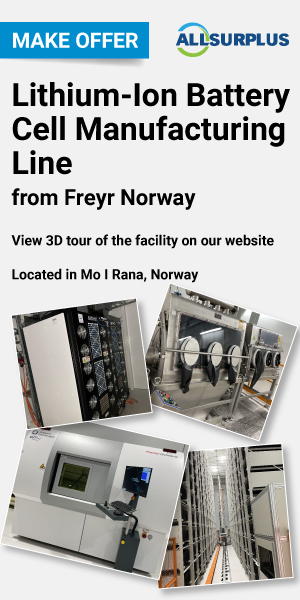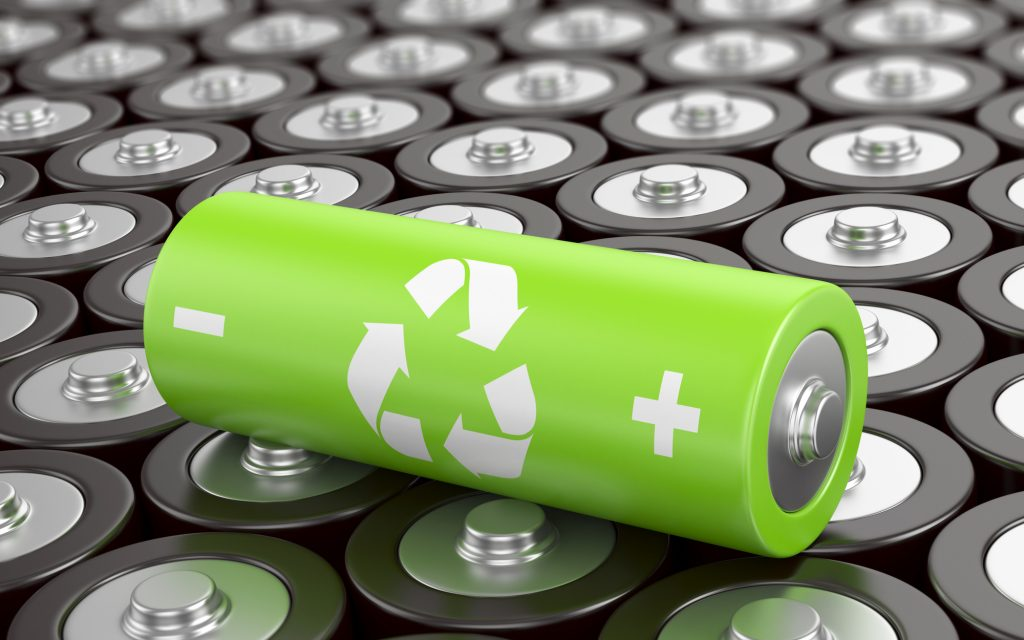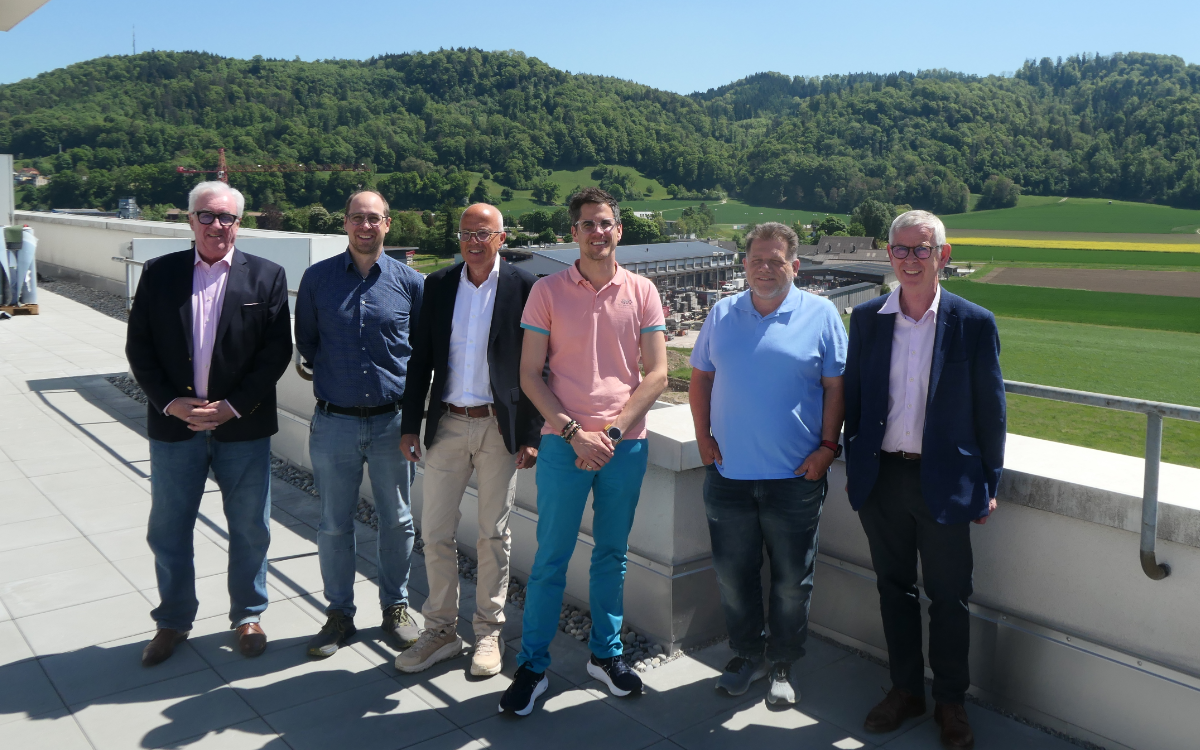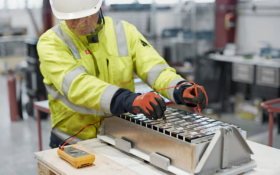Researchers at Stockholm University have developed a method for making cheaper and better performing nickel metal hydride (NiMH) batteries by recycling old ones.
The new method allows the upcycled electrode material products from old electrodes to be used directly in new battery production.
The study, conducted with the battery producer Nilar in Sweden, was published in the scientific journal Molecules.
Dag Noréus, professor at the Department of Materials and Environmental Chemistry, told BEST they could see in single cell tests that the power output and cycle life were improved, but they had not had enough material to make 10-cell modules to directly compare with their standard module.
He said: “More than 95% is useful and several steps can be saved in the manufacture of new batteries that also get better performance. Recycling will be easier as it avoids costly remelting and reduction included in the conventional battery recycling.
“The new thing with our study is that the material gains better properties when used in new batteries after passing a simplified recycling process. This is not a new battery, but a significant improvement of the usefulness of rechargeable hydride batteries.”
NiMH batteries were developed during the 1990s and are based on a nickel electrode and a hydrogen electrode, where the hydrogen is stored in a metal hydride. They are used in hybrid vehicles such as the Toyota Prius.
The research initially found metal hydrides that could store large amounts of hydrogen in solid form, which meant the high hydrogen content doubled the battery capacity compared to batteries of nickel-cadmium.












